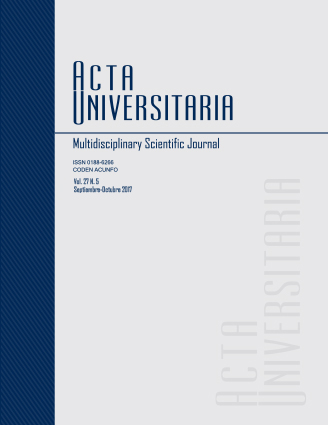Analysis of the psychometric properties of the Ryff Scales of Psycological Well-Being in mexican university students
Published 2017-11-06
Keywords
- Análisis de factores,
- estructura factorial,
- validez de construcción,
- bienestar psicológico de Ryff.
- factor analysis,
- factorial structure,
- construct validity,
- Ryff scales,
- psychological well-being.
How to Cite
Abstract
The present study aims to investigate whether the psychometric results proposed for the Spanish version of the scales of Psychological Well-being Ryff. The total sample was 1528 Mexican university, with an average age of 20.56 years (SD = 1.87). The factorial structure of the questionnaire was analyzed through exploratory and confirmatory factor analysis. Analyses show that three factors is feasible and appropriate. The structure of three factors (personal growth, positive relationships and self-acceptance), based on statistical and substantive criteria, and has shown adequate adjustment indicators of reliability and validity. However, the model does not match the obtained raised by the reference version. Future research should replicate these findings in larger samples.

